Simple Details, Striking Structures: Redefining Your Home With Architectural Changes
Even during the most comfortable of times, the thought of redesigning your house can be exhausting. Renovations strike terror into the hearts of even the bravest of homeowners. Both terms are harbingers for dusty air and sleepless nights, hectic mornings and gritty floors. But nothing is more tiring and frightening than when either term is involved with a building’s structure. This fundamental foundation – from the very literal foundation through every wall and angle – of a structure seems insurmountable, epic in importance and unfathomable to change. Shifting any elements, of any size, feels ridiculously difficult at all times – but never more so than when the weather swings from freezing blizzards to muddy false springs. Yet these elements themselves are so often the shifts needed to bring new life to a home, beyond the rejuvenation of fresh throw pillows and a switch of the rugs. But instead of focusing on the scale of a change or the differences in the exterior, consider the multitude of small, manageable changes in interior architectural details that can be achieved long after the original build, regardless of how daunting the season may be.
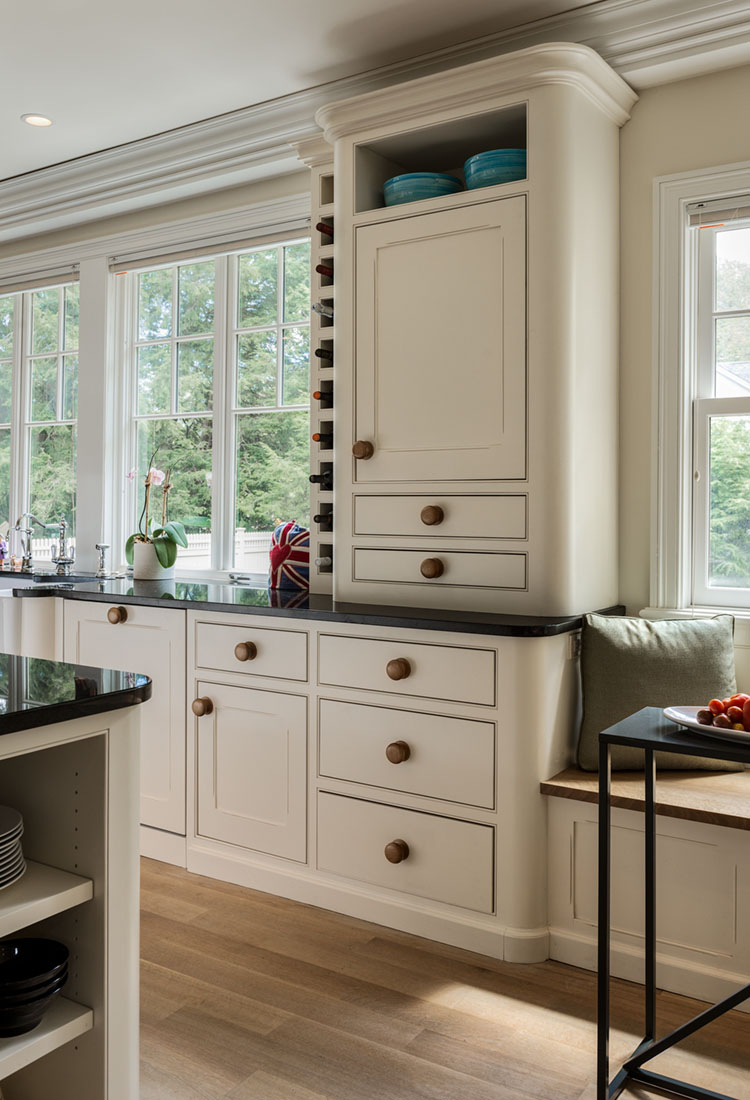
Design by TMS Architects
Architectural details and structural influences may sound large and intimidating, but never have to be. Soaring arches and magnificent pediments certainly make a statement, but they aren’t the only statement to be made when reshaping a space’s visual world. When working within contemporary design, especially when introduced into an older house, subtlety and simplicity is often the way to go – a brilliant prospect when ease of a project is already an intention. And one of the easiest yet most impactful changes that can be made is often one that already exists: crown molding. Usually overlooked as omnipresent, molding can unite a space and revitalize an entire design, whether it’s by addition of new carvings, repainting, or refinishing.

Design by TMS Architects
If crown molding makes you think of the great-grandmother’s sitting room only used on holidays, remember that it does not need to remain relegated to ornate carvings, heavy creams, and staid spaces. Molding can be used throughout a contemporary design and to serve many uses: its materials can bring a sparkle of unexpected yet tasteful vibrancy, it can be purposefully placed throughout instead of merely at the angles of walls, and it can be used in truly any space. What was once a symbol of formality has been transformed into a beautiful detail that can define a room, from a classic white summer kitchen to lustrous natural flat-faced panels in a private spa.
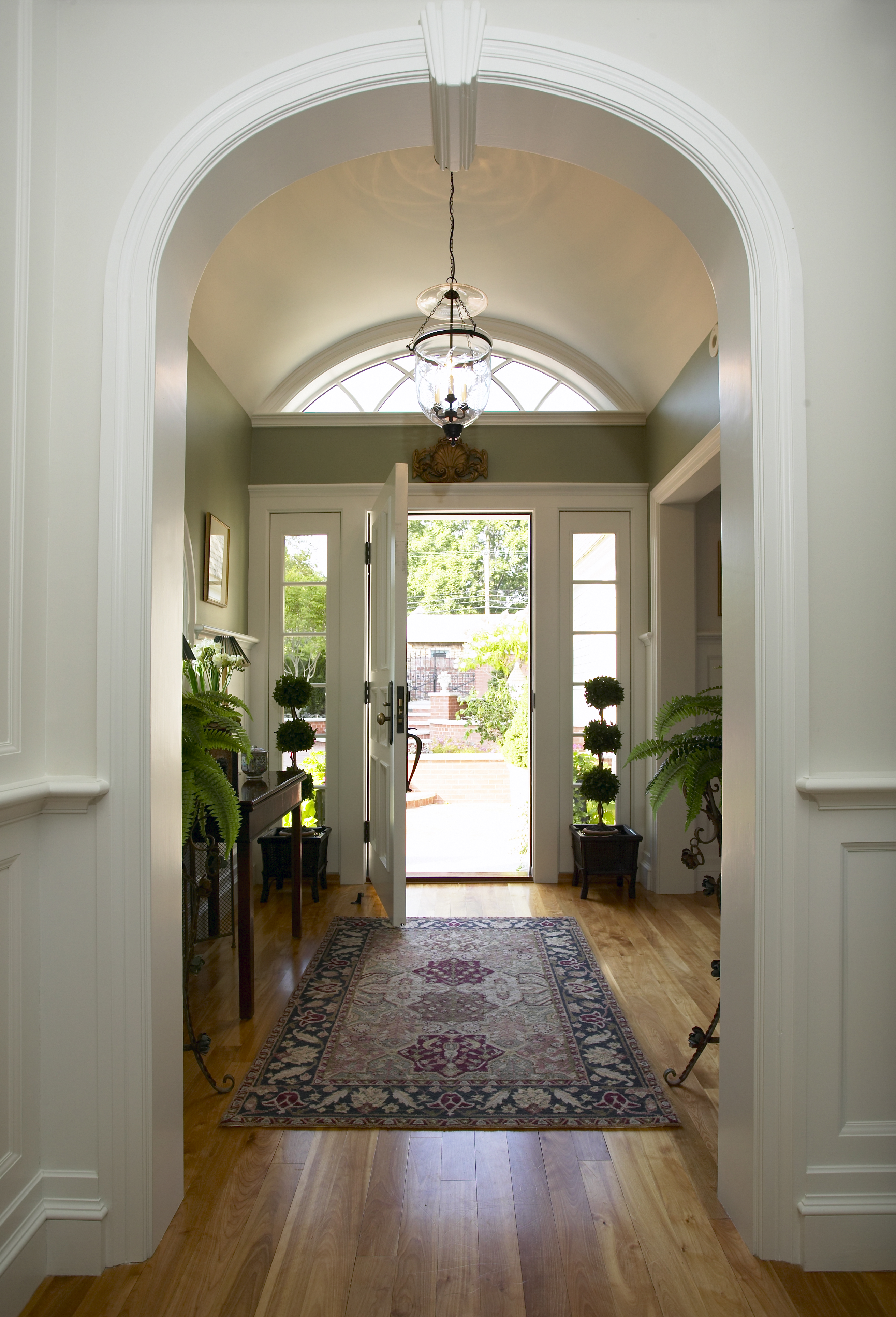
Design by TMS Architects
Then again, the classics are classics for a reason, particularly when given a contemporary twist. The most important thing is deciding which architectural details to perfect is considering what precisely you want the entire space to achieve. The structure of a home is like a hanger for a dress – when the support is flawless, the rest of the design will show beautifully. If your intention is to open up a hallway, you likely don’t need to rebuild an entirely new, larger hallway. Nor do you necessarily even need to make a larger entrance. Instead, select details to highlight the entranceway that is already there, enabling you – for example – to draw attention to the graceful arch that naturally opens up the hallway already. By simply adding a pediment, you highlight something that was there all along, achieving your intention by drawing attention.
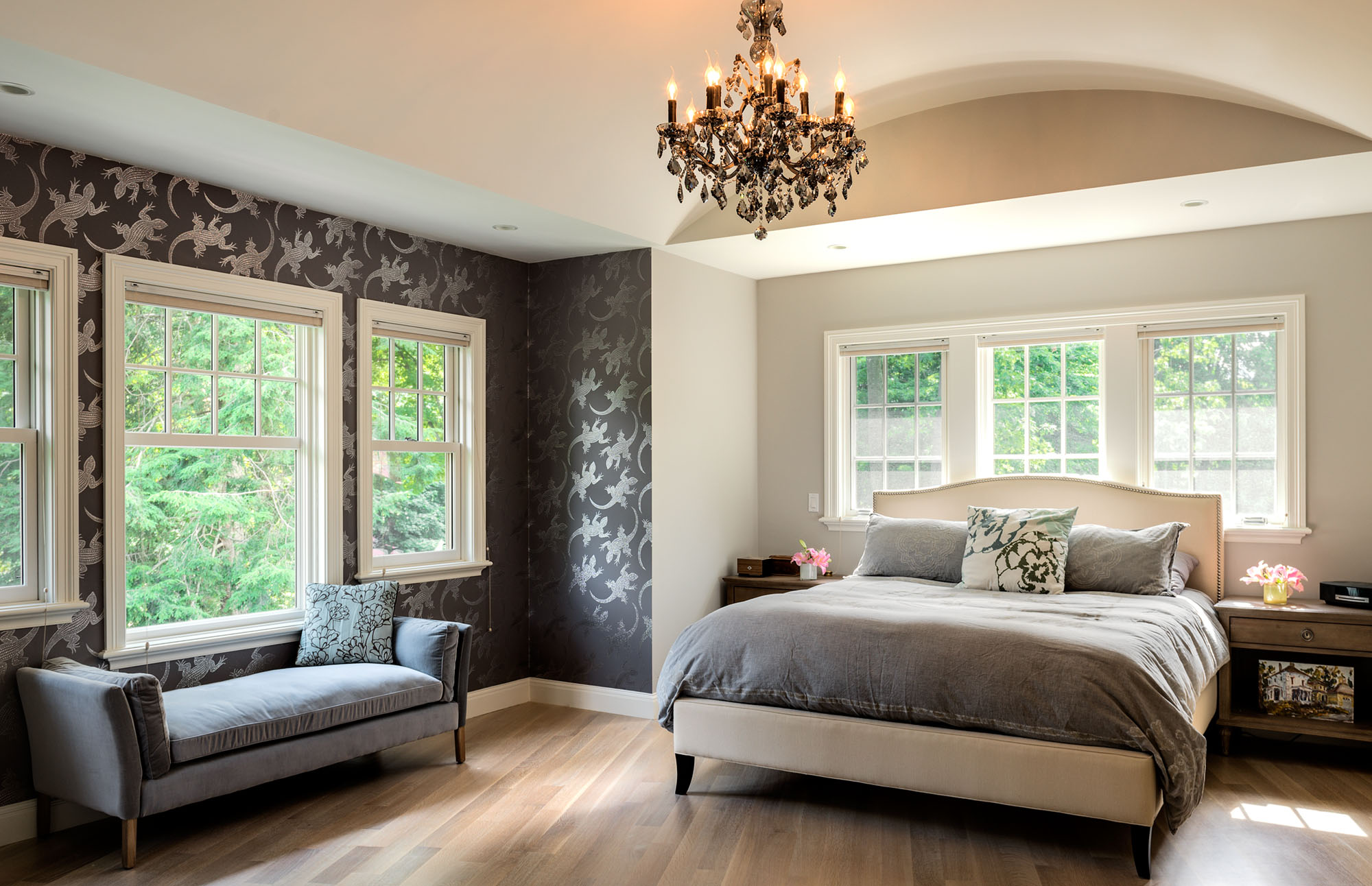
Design by TMS Architects
In looking for the ideal architectural detail to change a room, adding details becomes the extreme focus, and simplification is generally forgotten. Understandably so – we all think of revitalization as something new, and a fix as something brought in to be exciting and entirely external. But if your hope is to redefine the structure through its architectural details, perhaps the actual need is to remove overpowering structural details to allow the beauty of what exists to highlight itself. In electing to remove all traces of crown molding and by using only the most basic of wainscoting, this master bedroom’s sweeping ceiling and elegant lines were allowed to become its true focus.
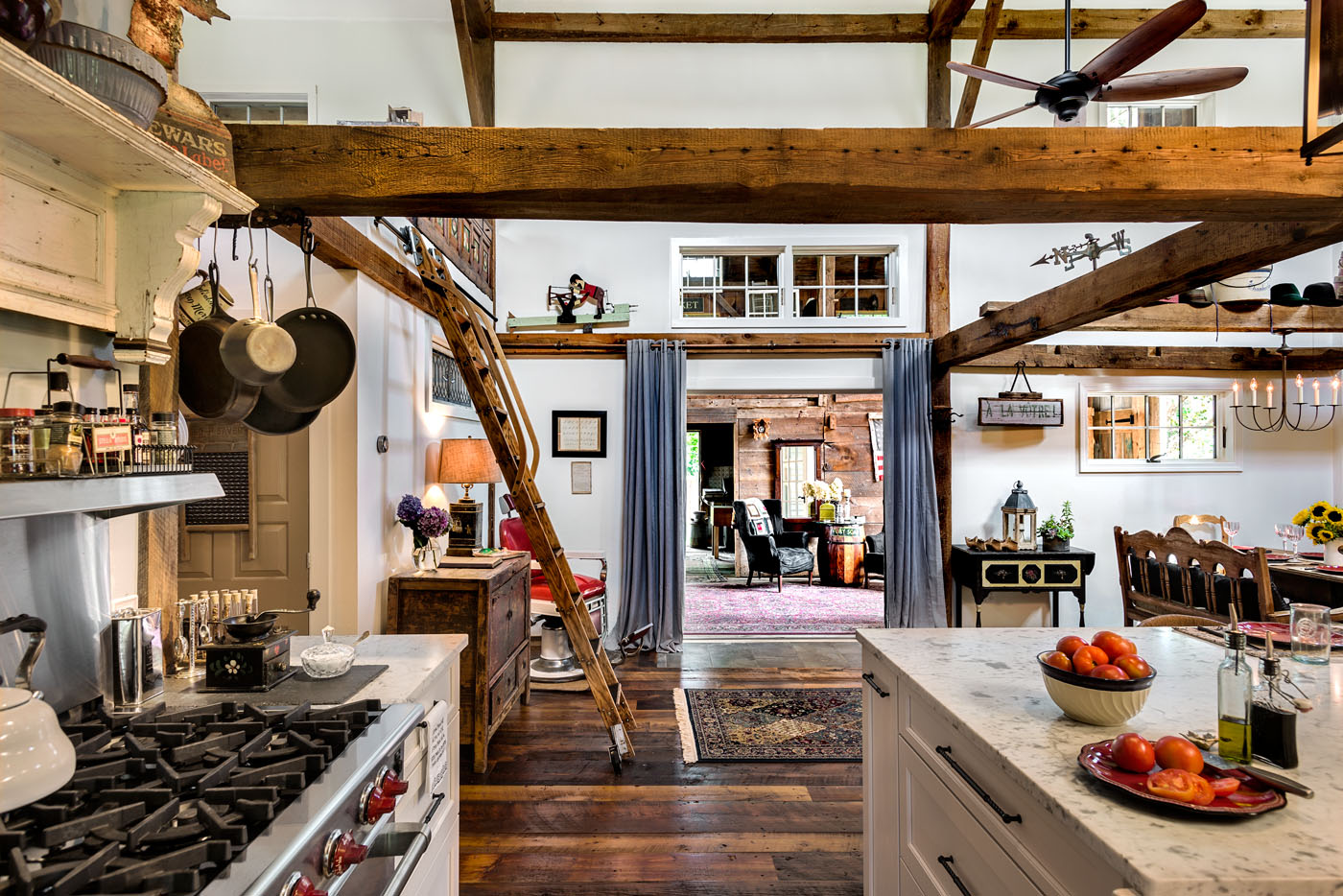
Design by TMS Architects
Much like adding the detail of a pediment to an archway, or removing old details to break open a space, the architectural elements of your dreams might be hiding just below the surface of your structure. While this is primarily applicable to older houses, even a newer build has its own possibilities. Whether it’s removing plaster to expose the gorgeous brick wall beneath or heightening a ceiling to reveal luminous timber beams, architectural details that completely redefine a room aren’t always about addition.
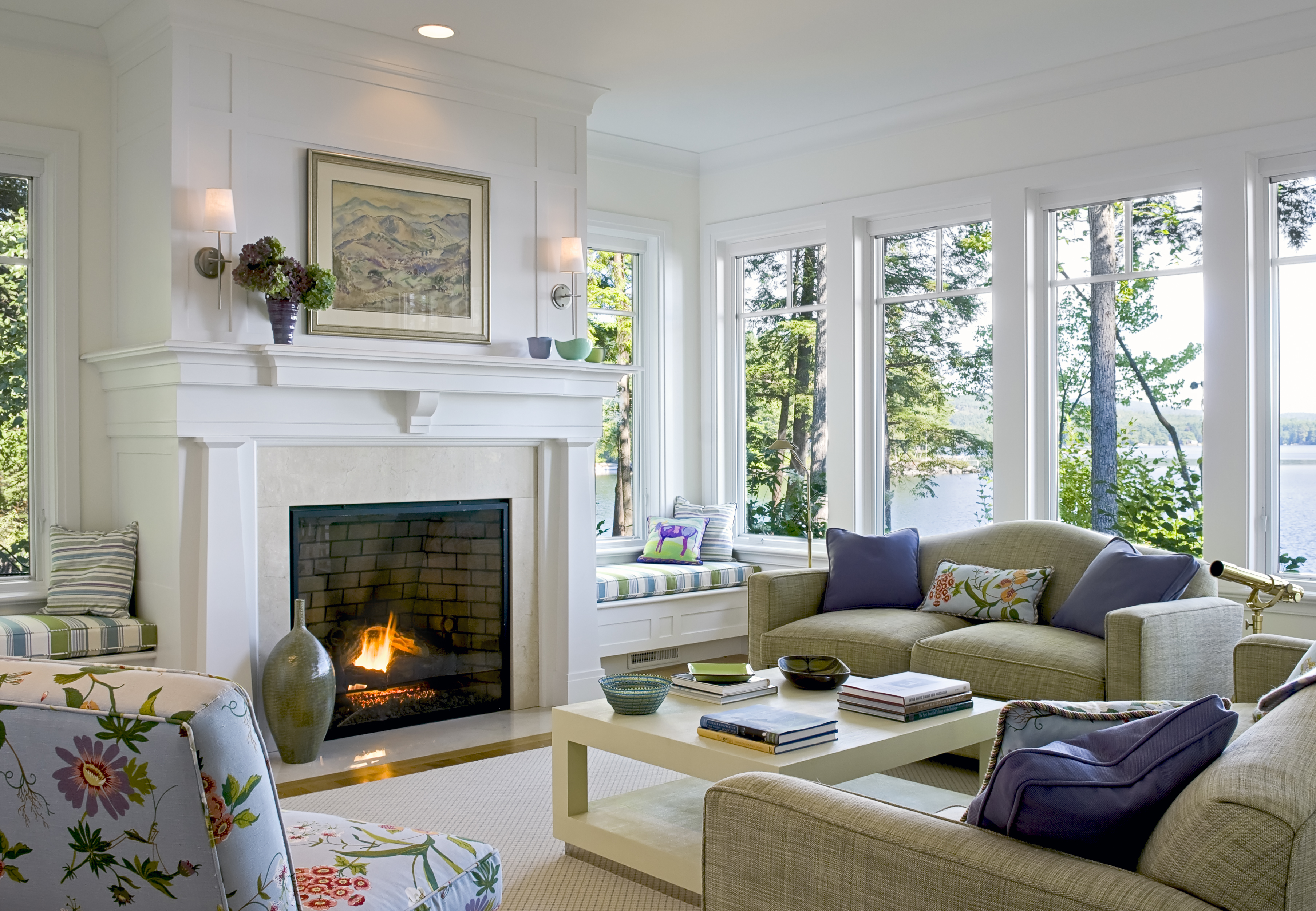
Design by TMS Architects
This can still be, no matter how basic a project may seem, an overwhelming time of year. And sometimes, all you want is a simple touch to change an entire view – just as we do with our resolutions and hopes for the year to come. If all your room really needs is a refreshed mantlepiece with an added pediment detail and a contemporary twist on traditional columns, then that’s what you need to realign that space and with it, your home. No matter how big or small, dedicating time to details through the structure in your home will make for time and effort well spent, no matter how stressful the season.
We know how much details matter. If you’re looking to renovate or create a beautiful new home, please contact us for a consultation.





